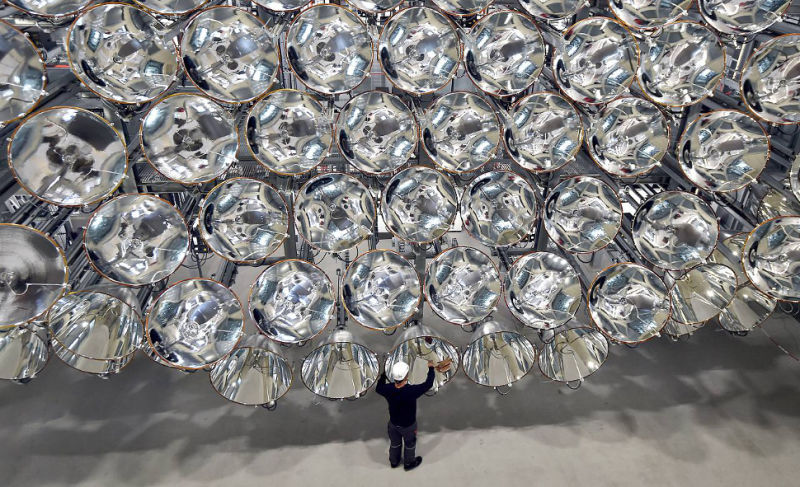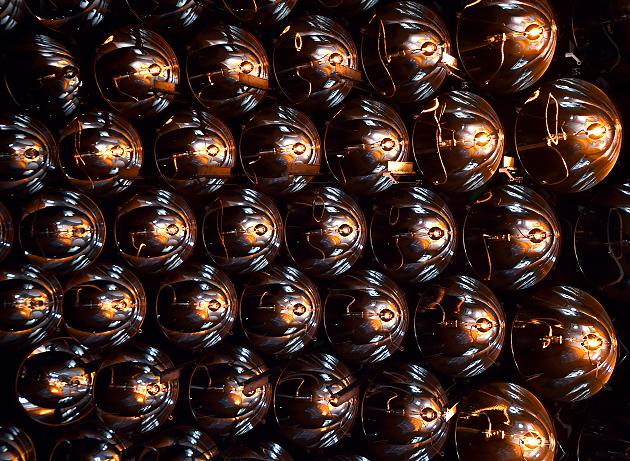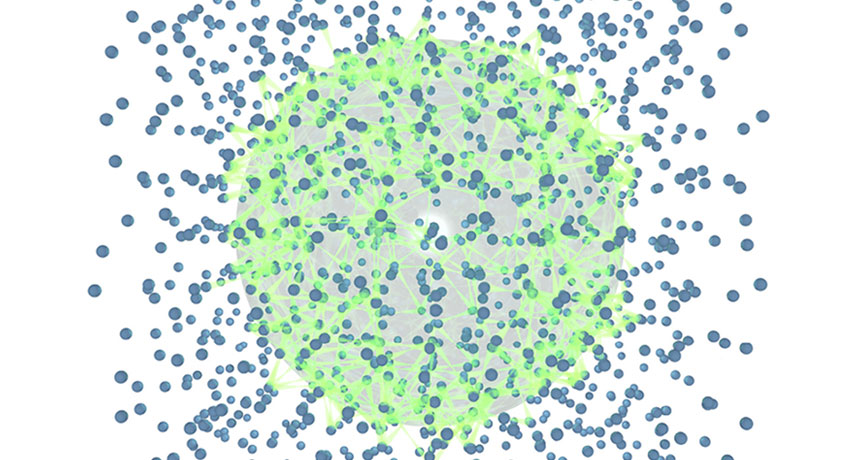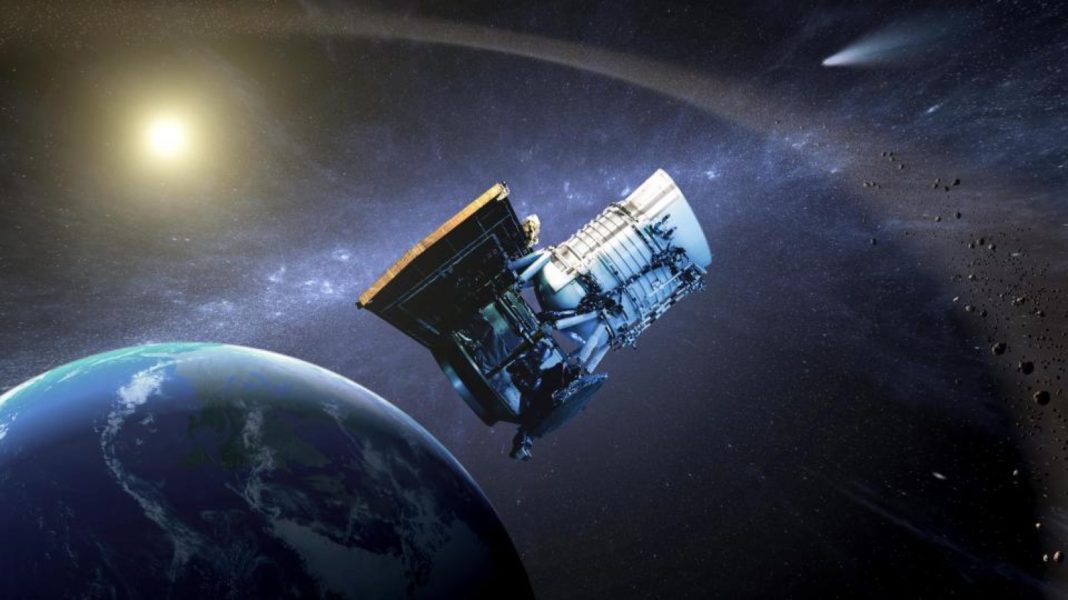The world’s ‘largest official sun’ has just been exposed over in Julich, Germany in the Synlight building. Spanning an area of 45 feet by 52 feet on one wall of the building are 140 Xenon short-arc lamps. When these lamps are flicked on, and all are pointed at the same 20 x 20 cm area, they create a light so intense it more than 10,000 brighter than any solar radiation found on Earth, with a core temperature of over 3,000 degrees Celsius.
It’s been set up this way to mimic largely concentrated power plants that use a whole field of mirrors to focus sunlight on one particular area where it melts salt that’s then used to generate electricity through the steam it creates. Researchers are the German Aerospace Center, also known as DLR, think this same method can be used to extract hydrogen from water vapor. If successful, this could revolutionize the solar power industry by introducing a new cost efficient process that’s capable of supplying a constant source of a great, safe renewable energy – hydrogen.

The only problem now is figuring out how to do it. Although it sounds good on paper, researchers haven’t quite succeeded in making it work. So now for the team, it’s a case of lots of tinkering with the artificial light they do have to see how the best way to go about this is. It’s not the first hydrogen project to go underway. Several before it including artificial photosynthesis and biomass reactions have tried and failed, so now it’s over to the ‘fake sun’ to see what it can do.
More News to Read











